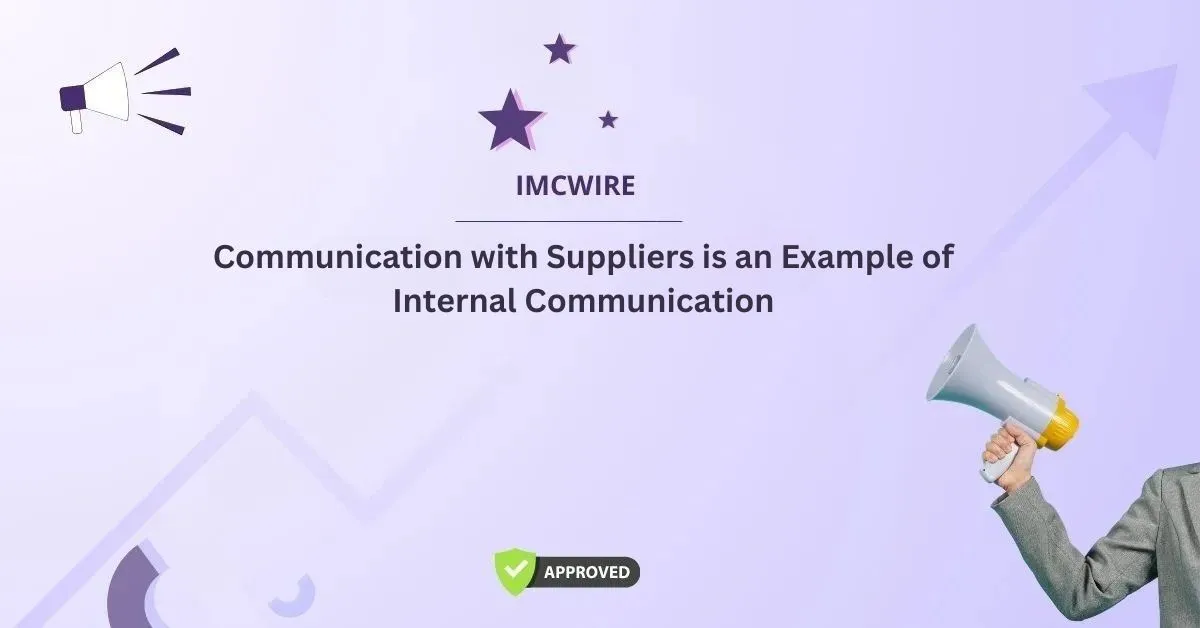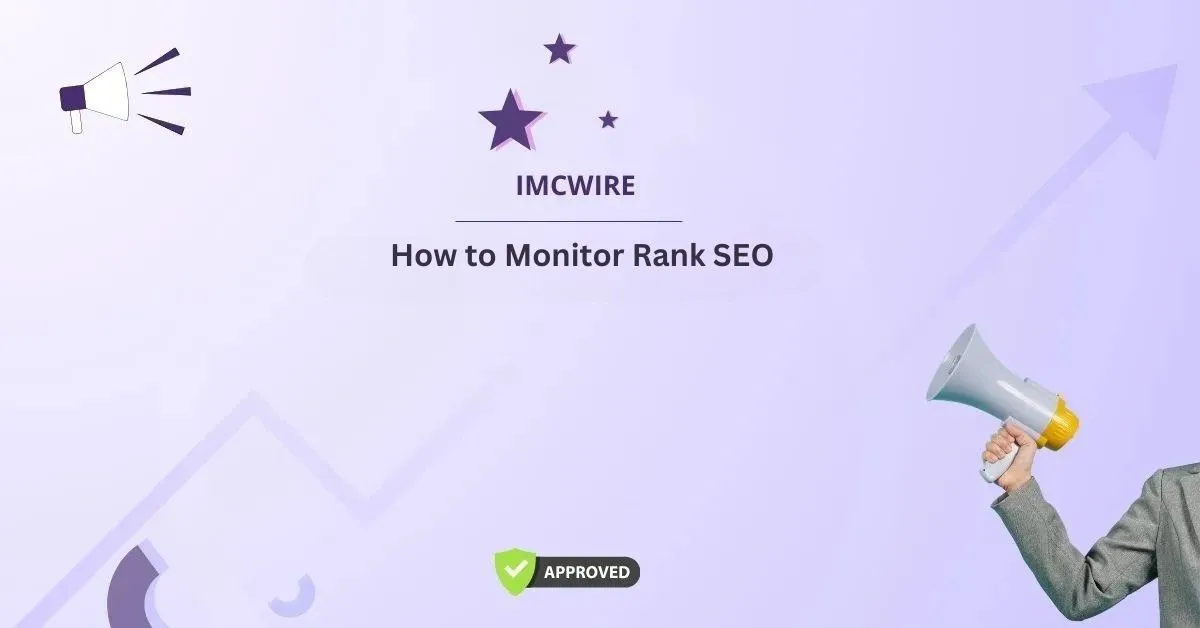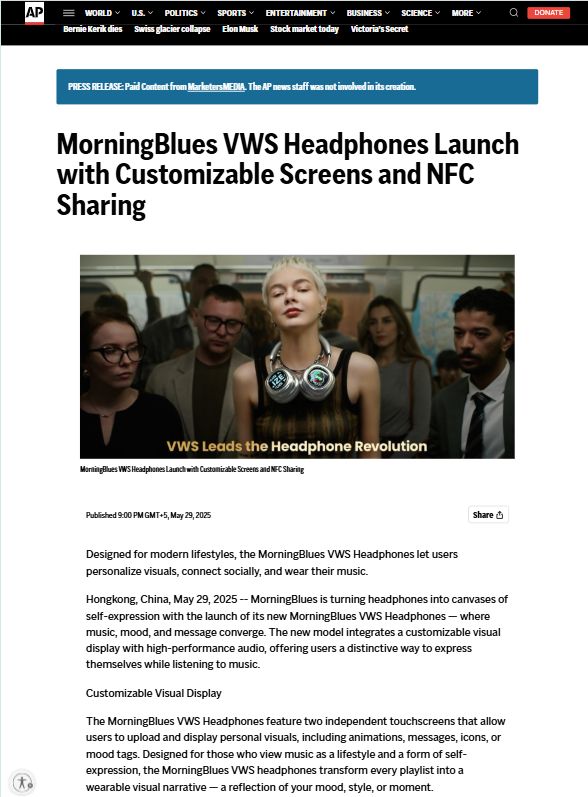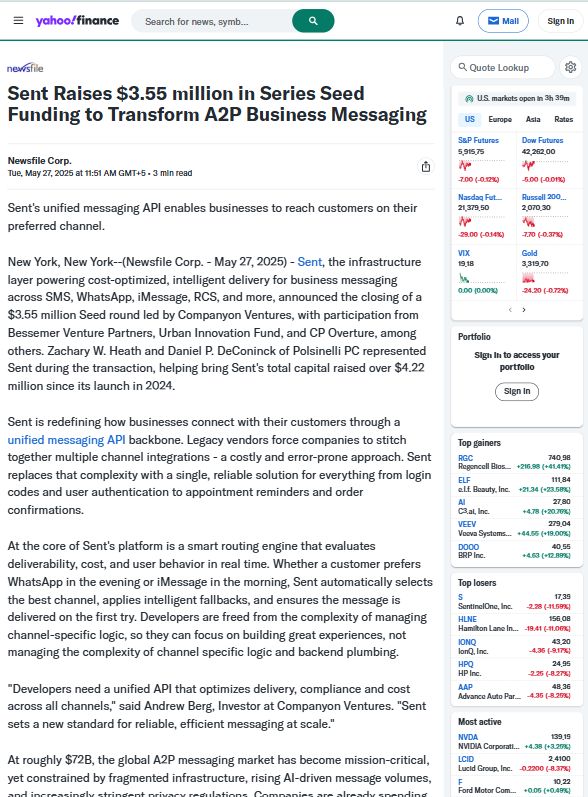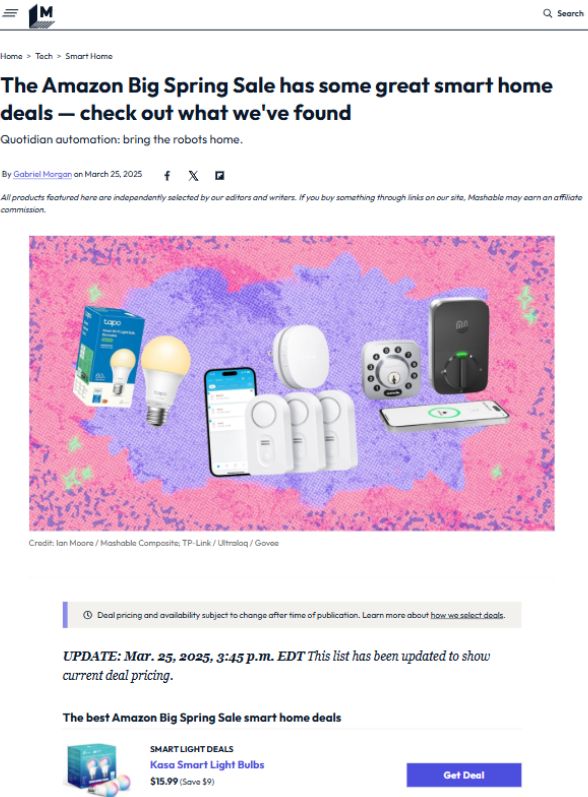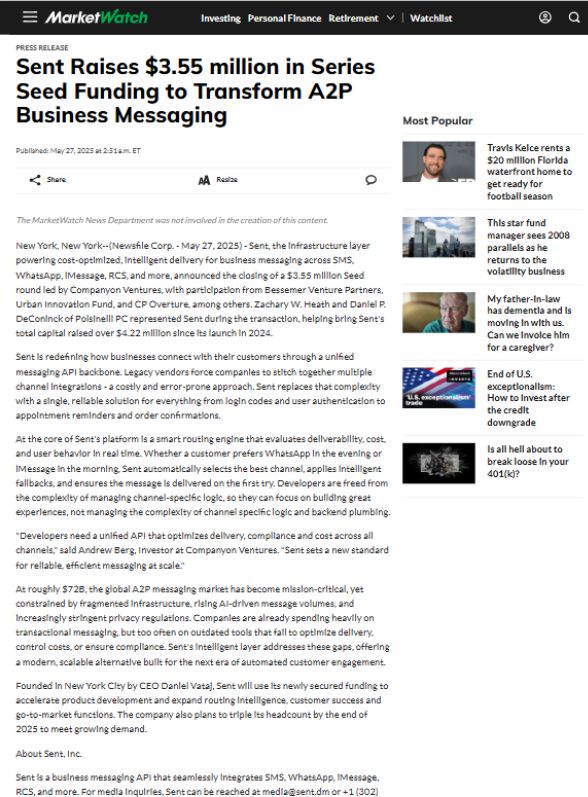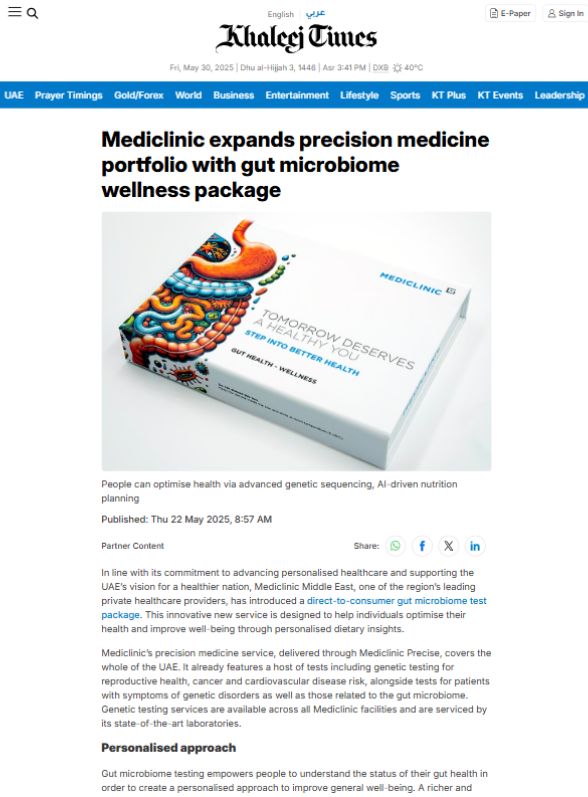In today’s fast-paced business world, efficient communication within organizations is a critical component for success. Among the many forms of communication that take place within a business, one often-overlooked yet essential example is communication with suppliers. This form of communication serves as an essential pillar of internal communication strategies and is crucial for businesses to maintain their operations smoothly, fulfill customer demands, and foster long-term growth. By understanding how communication with suppliers can be classified as internal communication, businesses can better optimize their processes, enhance supplier relationships, and improve overall performance.
Table of Contents
Understanding Internal Communication
Internal communication refers to the exchange of information, ideas, and feedback within an organization. It can occur between employees, teams, departments, or divisions within the company. Effective internal communication ensures that all members of the organization are aligned, have access to the information they need, and work cohesively toward achieving the company’s objectives. This communication process can involve different mediums, such as emails, phone calls, meetings, and collaboration platforms.
Defining Supplier Communication
Communication with suppliers plays an integral role in ensuring that a company receives the products, services, and raw materials it needs to operate effectively. Suppliers are often external entities, but their communication with a business becomes part of the company’s internal process. In many cases, this communication is handled by various departments like procurement, operations, and logistics, making it a significant internal communication function within the company.
Suppliers provide crucial information about pricing, inventory levels, delivery timelines, and product specifications. As a result, how a business communicates with its suppliers impacts how internal teams react and respond to customer demands, inventory management, and overall supply chain efficiency.
How Communication with Suppliers Becomes Internal Communication
At first glance, communication with suppliers might seem like an external business interaction. After all, suppliers are external vendors that provide goods or services to an organization. However, in the context of internal communication, the flow of information from suppliers into the business processes makes it an essential part of how the organization operates. Here’s why:
- Cross-Departmental Interaction Communication with suppliers often involves multiple departments within an organization, such as procurement, supply chain management, logistics, and finance. These departments rely on timely and accurate supplier communication to make informed decisions. When suppliers send updates about delivery schedules or changes in pricing, the relevant departments must relay this information internally. Hence, this process facilitates internal communication between teams within the company to ensure everyone is on the same page.
- Decision-Making Process Suppliers often provide valuable insights that influence the internal decision-making process. For example, a delay in shipment from a supplier may prompt the procurement or operations team to adjust their production schedules or look for alternative solutions. Similarly, if a supplier offers a new product or pricing model, it may lead to discussions among internal teams on whether to adopt the change. Therefore, the exchange of information between internal departments and suppliers forms a key element of the decision-making process, which makes it an example of internal communication.
- Collaboration and Problem-Solving Many businesses rely on close collaboration with their suppliers to resolve issues, address concerns, and improve processes. For example, if a supplier is experiencing delays or quality control issues, internal teams must communicate and collaborate with the supplier to resolve these problems. This collaboration requires open and ongoing communication, both internally and externally, making it a form of internal communication. Effective problem-solving relies on timely information and coordinated efforts between suppliers and internal teams.
- Inventory Management and Forecasting Effective inventory management and accurate forecasting are essential aspects of a business’s operations. Communication with suppliers regarding inventory levels, product availability, and lead times is crucial for internal teams to manage stock levels, reduce shortages, and avoid overstocking. By receiving regular updates from suppliers, internal teams can plan for future demand and ensure smooth operations. This flow of information is an essential component of internal communication, as it directly influences production, logistics, and customer service.
- Building Long-Term Relationships Internal communication with suppliers also plays a role in cultivating strong, long-term relationships. Maintaining consistent, transparent communication with suppliers can lead to better collaboration and trust, which ultimately benefits the business in the long run. By treating supplier communication as an internal priority, companies can build stronger partnerships that help ensure stability and growth in their supply chains.
Best Practices for Effective Communication with Suppliers
To ensure that communication with suppliers remains an example of internal communication, businesses must implement best practices that foster clarity, transparency, and collaboration. Here are some tips for improving supplier communication:
- Use Technology to Streamline Communication Implementing modern communication tools and platforms can help streamline communication with suppliers and ensure that information flows smoothly across departments. Tools like project management software, ERP (Enterprise Resource Planning) systems, and supply chain management software can help ensure that communication is logged, tracked, and easily accessible to all relevant teams.
- Establish Clear Channels of Communication Establishing clear communication channels with suppliers is vital for ensuring that all stakeholders within the business are informed about updates, changes, and requirements. Whether it’s through email, phone calls, or video conferencing, businesses must define preferred methods of communication with their suppliers and ensure that all departments are aligned on the process.
- Set Expectations and Deadlines Setting clear expectations and deadlines for both internal teams and suppliers can prevent misunderstandings and miscommunication. Clearly outlining deadlines for deliveries, product specifications, and payment terms ensures that both parties know what is expected of them. It also provides a framework for internal teams to manage their responsibilities effectively.
- Encourage Two-Way Feedback Communication should not be one-sided. Suppliers should feel comfortable providing feedback to the business, and internal teams should be open to hearing about challenges or opportunities from suppliers. Fostering an environment where two-way feedback is encouraged helps identify issues early and improves the overall relationship between the business and its suppliers.
- Regularly Review and Improve Communication Processes Continuous improvement is essential in communication. Regularly reviewing communication strategies with suppliers allows businesses to identify areas for improvement and adapt their processes as needed. By fostering a culture of constant improvement, companies can stay ahead of potential issues and maintain smooth internal and external communications.
Conclusion
In conclusion, communication with suppliers is an essential example of internal communication within businesses. It involves multiple departments, impacts decision-making, drives collaboration, and ensures the smooth flow of operations. By recognizing the importance of supplier communication within the internal communication framework, businesses can enhance their supply chain efficiency, improve collaboration, and build stronger, more effective relationships with their suppliers. A well-managed supplier communication strategy is a key component in ensuring that organizations run smoothly, respond to market changes efficiently, and maintain their competitive edge.

